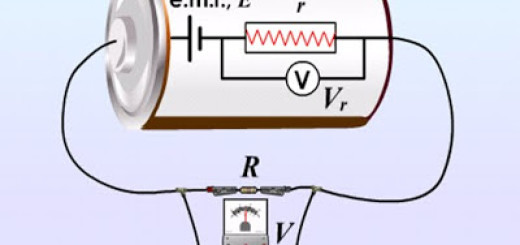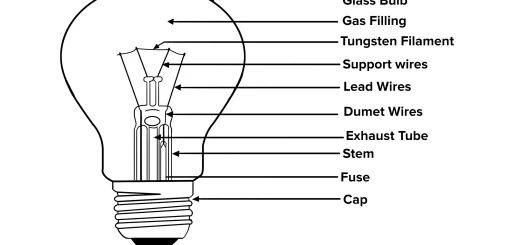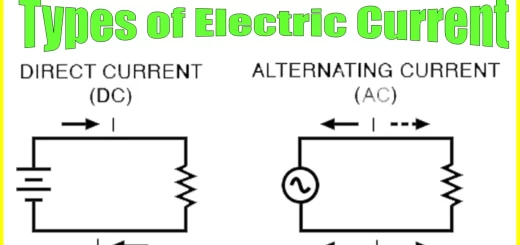Electric circuits and methods of connecting electric lamps in Electric circuits
The electric circuits
The electric circuit is known as a closed and continuous path through which, the electricity will pass making a complete cycle.
The simple electric circuit
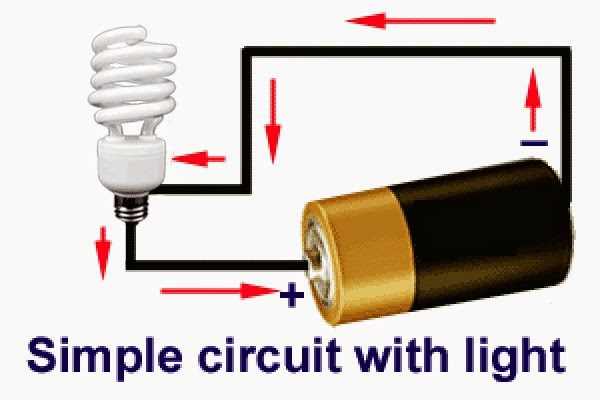 |
| The simple electric circuit consists of the battery, the lamp, and the electric wires. |
The simple electric circuit consists of the battery, the electric wires, and the lamp.
The battery works as a source of the electric current in the electric circuit, It has two poles (the positive and the negative poles), The electric wires are used to connect the battery with the lamp in the electric circuit.
The lamp lights when all the parts of the electric circuit are connected together (a closed circuit), So the electric current passes through the circuit, and the lamp does not light when all the parts of the electric circuit are not connected together (an open circuit), So the electric current does not pass through the circuit.
Methods of connecting the electric lamps in the electric circuit
The electric lamps are connected in the electric circuits by the series connection and the parallel connection.
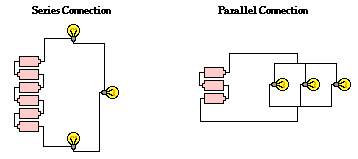 |
| Methods of connecting the electric lamps in the electric circuit. |
The series connection
The series connection is a way in which the light bulbs are connected one after another in one route, By increasing the number of the connected light bulbs, The lighting (The light intensity) of the bulbs decreases and vice versa.
In the series connection, There is one route for the electric current to pass through the circuit. So, by unscrewing or burning out one bulb, the electric current does not flow.
The parallel connection
The parallel connection is a way in which the light bulbs are connected in branching routes. and by increasing the number of the connected light bulbs, the lighting (The light intensity) of the bulbs remains as it is.
There are branching routes for the electric current to pass through the circuit. So, by unscrewing one of the lamps, the electric current passes in the other routes, and the lamps in the circuit do not turn off.
All the lamps and the machines in the house are connected in parallel with the main distributer of the energy, So, their function is independent.
In the decorative lights that are used in the religious celebrations and the weddings, The lamps are connected in parallel. So, if one or more lamps burn out, the other lamps do not turn off.
You can download Science online application on google play from this link: Science online Apps on Google play
Properties of Electric current, Simple electric circuit, Current intensity & Potential difference
Electrical current, Potential difference, Electric resistance and Ohm’s law
Resistances connection (series & parallel), Electric energy and Electric power

